 Facebook
Facebook
 X
X
 Instagram
Instagram
 TikTok
TikTok
 Youtube
Youtube
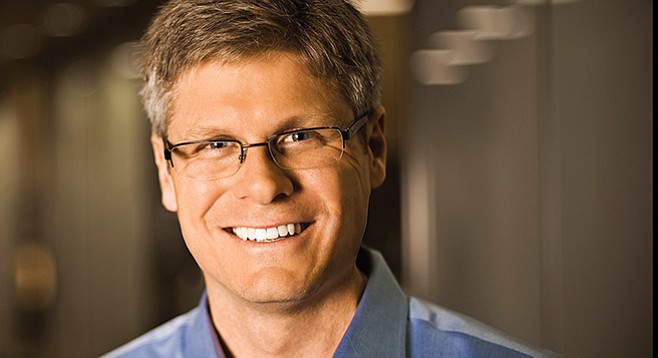
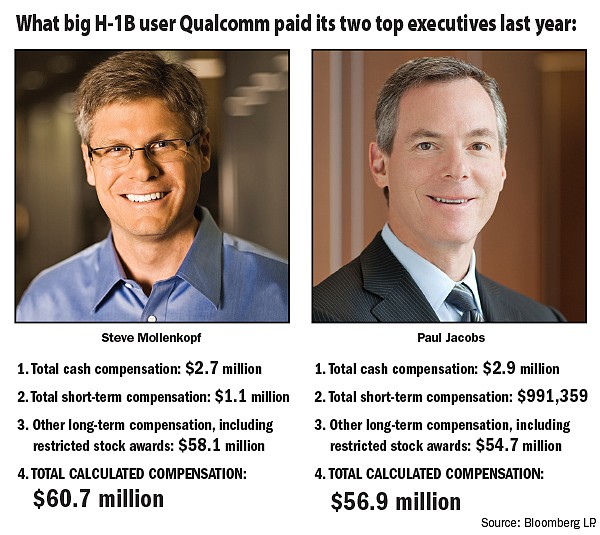
Congress will shortly be taking up a bill that is based on a blatant lie. (It won’t be the first time that has happened.) During a period in which both political parties bemoan declining middle-class incomes, Congress will consider legislation, introduced January 13, that will hammer the middle class economically.
The bill, called the Immigration Innovation (I-Squared) Act of 2015, would permit American corporations to bring in more foreign workers for three- to six-year stints in low- to moderate-pay science, technology, engineering, and mathematics positions. They would get in through the H-1B program. I-Squared was part of last year’s comprehensive immigration-reform bill that did not get through both houses of Congress.
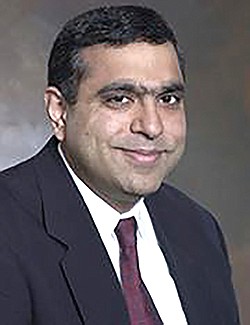
Under I-Squared, if it passes, the annual base cap on H-1B visas will rise from 65,000 to 115,000 but subsequently could escalate up to 195,000, says Ron Hira, professor of public policy at Howard University. If a number of loopholes and exceptions are included, “300,000 is a high estimate, but it isn’t out of the question,” says Hira. In any case, I-Squared will provide the tech industry “a huge increase in the supply of lower-cost foreign guest workers so they can undercut and replace American workers at lower pay.” And that means that salaries of all tech workers, including those trained in America, could be pulled downward.
Large American tech companies hire armies of lobbyists to convince politicians that there is a shortage of United States–based science, technology, engineering, and mathematics graduates, and hence companies need lower-wage foreign workers.
That is the lie.
A 2013 study by the Economic Policy Institute showed that American universities graduate 50 percent more students in computer, information science, and engineering each year than are hired in those fields. Of computer-science grads not entering the information-technology workforce, one-third say it is because such jobs are unavailable. Inflation-adjusted tech wages remain at 1990s levels. “The data strongly suggest that there is a robust supply of domestic workers available for the [information technology] industry,” concludes the Economic Policy Institute.
The National Association of Colleges and Employers projects that the starting wage for new computer-science graduates will drop 9 percent to $61,287 this year. Says the journal Science, “Ordinarily, rapidly falling salaries indicate a glut, not a shortage.”
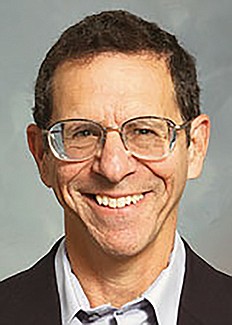
Professor Norm Matloff of the University of California Davis states on his website that corporations claim they are hiring the “best and the brightest” through the H-1B program. But it’s not so. “The average quality of the H-1Bs is lower than that of the Americans’,” he says. H-1Bs “are not doing work for which qualified Americans are unavailable. There is no [science, technology, engineering, mathematics] labor shortage.” Indeed, replacing higher-quality American workers with lower-quality foreign workers is harmful to the economy, Matloff says.
Estimates vary on how many trained science, tech, engineering, and math workers are in the United States. Hira goes with five to six million. He thinks there are 500,000 to 600,000 H-1Bs in the country. It’s easy to see that the H-1Bs could produce downward pressure on engineers’ wages.
Some critics say H-1B is basically a ruse to lower engineering-related salaries so companies can please Wall Street with higher earnings — thus driving up the stock. Since top executive salaries are increasingly tied to stock performance, driving down labor costs is a route to driving up stock prices and top executive pay. Consider San Diego–based Qualcomm, one of the largest American corporate users of H-1Bs. Between 2011 and last year, the company filed for 4743 H-1B applications.
In March of last year, Steve Mollenkopf took over as chief executive of Qualcomm from Paul Jacobs, who became executive chairman. According to Bloomberg Business, Mollenkopf and Jacobs were paid a combined $117.7 million last year. Mollenkopf was awarded total calculated compensation of more than $60.7 million and Jacobs $56.9 million. Mollenkopf is 46 and Jacobs 52. Both had modest cash compensation but restricted stock awards of more than $50 million. The stock awards could depend on a number of future variables, and there could be invidious comparisons, but still, the total sum is staggering.
Basically, H-1B involves “a massive transfer of wealth from the middle class to Wall Street,” says Russell Harrison, director of government relations for the Institute of Electrical and Electronics Engineers–USA.
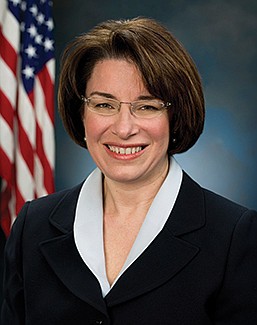
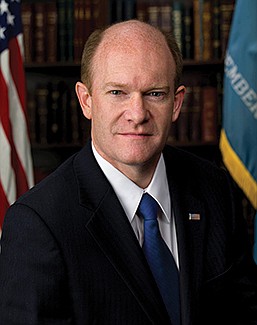
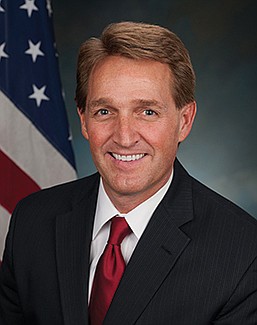
The I-Squared bill has bipartisan support. The main force behind it is Senator Orrin Hatch of Utah, the number-two-ranked senator in the Republican-controlled chamber and a reliable friend of corporate managements. Cosponsors are Democratic senators Amy Klobuchar of Minnesota, Richard Blumenthal of Connecticut, and Chris Coons of Delaware and Republicans Marco Rubio of Florida and Jeff Flake of Arizona.
However, H-1B opponents “are sitting in very good seats,” says Harrison. The bill would go first to the Immigration Subcommittee of the Senate Judiciary Committee. The subcommittee is headed by senator Jeff Sessions of Alabama, an H-1B opponent. The next step would be the Senate Judiciary Committee, headed by senator Chuck Grassley of Iowa, a longtime H-1B foe. Democratic senator Dick Durbin of Illinois, who has opposed H-1B for a long time, is a member of the Judiciary Committee.
If the bill is taken up in the conventional way that legislation progresses, it “could have a hard time. But corporations are figuring out ways to go around Sessions and Grassley. I wouldn’t quite say we [opponents] are optimistic,” says Harrison.
He notes that Blumenthal caught some flak when Boston-based Northeast Utilities, which serves Connecticut, brought in H-1B workers. Klobuchar has been criticized for Minnesota-based Cargill taking in H-1Bs.
How about the presidential race of 2016? Hillary Clinton supported H-1B in the past. She “has a problem disassociating herself from Wall Street. The fact that she supported H-1B will help Wall Street,” says Harrison. On the Republican side, Rubio “is the leading cheerleader for H-1B,” but the other presumed candidates haven’t been involved in it that much.
In 2013, San Diego County Republican representative Darrell Issa introduced the Skills Visa Act, which boosted the H-1B cap. It died last year. He will introduce another Skills Visa Act, probably soon. It is likely to be heard along with other immigration bills. Issa was embarrassed when Southern California Edison chopped heads through H-1B, and that may slow down his bill’s introduction, says Harrison.



Congress will shortly be taking up a bill that is based on a blatant lie. (It won’t be the first time that has happened.) During a period in which both political parties bemoan declining middle-class incomes, Congress will consider legislation, introduced January 13, that will hammer the middle class economically.
The bill, called the Immigration Innovation (I-Squared) Act of 2015, would permit American corporations to bring in more foreign workers for three- to six-year stints in low- to moderate-pay science, technology, engineering, and mathematics positions. They would get in through the H-1B program. I-Squared was part of last year’s comprehensive immigration-reform bill that did not get through both houses of Congress.

Under I-Squared, if it passes, the annual base cap on H-1B visas will rise from 65,000 to 115,000 but subsequently could escalate up to 195,000, says Ron Hira, professor of public policy at Howard University. If a number of loopholes and exceptions are included, “300,000 is a high estimate, but it isn’t out of the question,” says Hira. In any case, I-Squared will provide the tech industry “a huge increase in the supply of lower-cost foreign guest workers so they can undercut and replace American workers at lower pay.” And that means that salaries of all tech workers, including those trained in America, could be pulled downward.
Large American tech companies hire armies of lobbyists to convince politicians that there is a shortage of United States–based science, technology, engineering, and mathematics graduates, and hence companies need lower-wage foreign workers.
That is the lie.
A 2013 study by the Economic Policy Institute showed that American universities graduate 50 percent more students in computer, information science, and engineering each year than are hired in those fields. Of computer-science grads not entering the information-technology workforce, one-third say it is because such jobs are unavailable. Inflation-adjusted tech wages remain at 1990s levels. “The data strongly suggest that there is a robust supply of domestic workers available for the [information technology] industry,” concludes the Economic Policy Institute.
The National Association of Colleges and Employers projects that the starting wage for new computer-science graduates will drop 9 percent to $61,287 this year. Says the journal Science, “Ordinarily, rapidly falling salaries indicate a glut, not a shortage.”

Professor Norm Matloff of the University of California Davis states on his website that corporations claim they are hiring the “best and the brightest” through the H-1B program. But it’s not so. “The average quality of the H-1Bs is lower than that of the Americans’,” he says. H-1Bs “are not doing work for which qualified Americans are unavailable. There is no [science, technology, engineering, mathematics] labor shortage.” Indeed, replacing higher-quality American workers with lower-quality foreign workers is harmful to the economy, Matloff says.
Estimates vary on how many trained science, tech, engineering, and math workers are in the United States. Hira goes with five to six million. He thinks there are 500,000 to 600,000 H-1Bs in the country. It’s easy to see that the H-1Bs could produce downward pressure on engineers’ wages.
Some critics say H-1B is basically a ruse to lower engineering-related salaries so companies can please Wall Street with higher earnings — thus driving up the stock. Since top executive salaries are increasingly tied to stock performance, driving down labor costs is a route to driving up stock prices and top executive pay. Consider San Diego–based Qualcomm, one of the largest American corporate users of H-1Bs. Between 2011 and last year, the company filed for 4743 H-1B applications.
In March of last year, Steve Mollenkopf took over as chief executive of Qualcomm from Paul Jacobs, who became executive chairman. According to Bloomberg Business, Mollenkopf and Jacobs were paid a combined $117.7 million last year. Mollenkopf was awarded total calculated compensation of more than $60.7 million and Jacobs $56.9 million. Mollenkopf is 46 and Jacobs 52. Both had modest cash compensation but restricted stock awards of more than $50 million. The stock awards could depend on a number of future variables, and there could be invidious comparisons, but still, the total sum is staggering.
Basically, H-1B involves “a massive transfer of wealth from the middle class to Wall Street,” says Russell Harrison, director of government relations for the Institute of Electrical and Electronics Engineers–USA.



The I-Squared bill has bipartisan support. The main force behind it is Senator Orrin Hatch of Utah, the number-two-ranked senator in the Republican-controlled chamber and a reliable friend of corporate managements. Cosponsors are Democratic senators Amy Klobuchar of Minnesota, Richard Blumenthal of Connecticut, and Chris Coons of Delaware and Republicans Marco Rubio of Florida and Jeff Flake of Arizona.
However, H-1B opponents “are sitting in very good seats,” says Harrison. The bill would go first to the Immigration Subcommittee of the Senate Judiciary Committee. The subcommittee is headed by senator Jeff Sessions of Alabama, an H-1B opponent. The next step would be the Senate Judiciary Committee, headed by senator Chuck Grassley of Iowa, a longtime H-1B foe. Democratic senator Dick Durbin of Illinois, who has opposed H-1B for a long time, is a member of the Judiciary Committee.
If the bill is taken up in the conventional way that legislation progresses, it “could have a hard time. But corporations are figuring out ways to go around Sessions and Grassley. I wouldn’t quite say we [opponents] are optimistic,” says Harrison.
He notes that Blumenthal caught some flak when Boston-based Northeast Utilities, which serves Connecticut, brought in H-1B workers. Klobuchar has been criticized for Minnesota-based Cargill taking in H-1Bs.
How about the presidential race of 2016? Hillary Clinton supported H-1B in the past. She “has a problem disassociating herself from Wall Street. The fact that she supported H-1B will help Wall Street,” says Harrison. On the Republican side, Rubio “is the leading cheerleader for H-1B,” but the other presumed candidates haven’t been involved in it that much.
In 2013, San Diego County Republican representative Darrell Issa introduced the Skills Visa Act, which boosted the H-1B cap. It died last year. He will introduce another Skills Visa Act, probably soon. It is likely to be heard along with other immigration bills. Issa was embarrassed when Southern California Edison chopped heads through H-1B, and that may slow down his bill’s introduction, says Harrison.
Comments